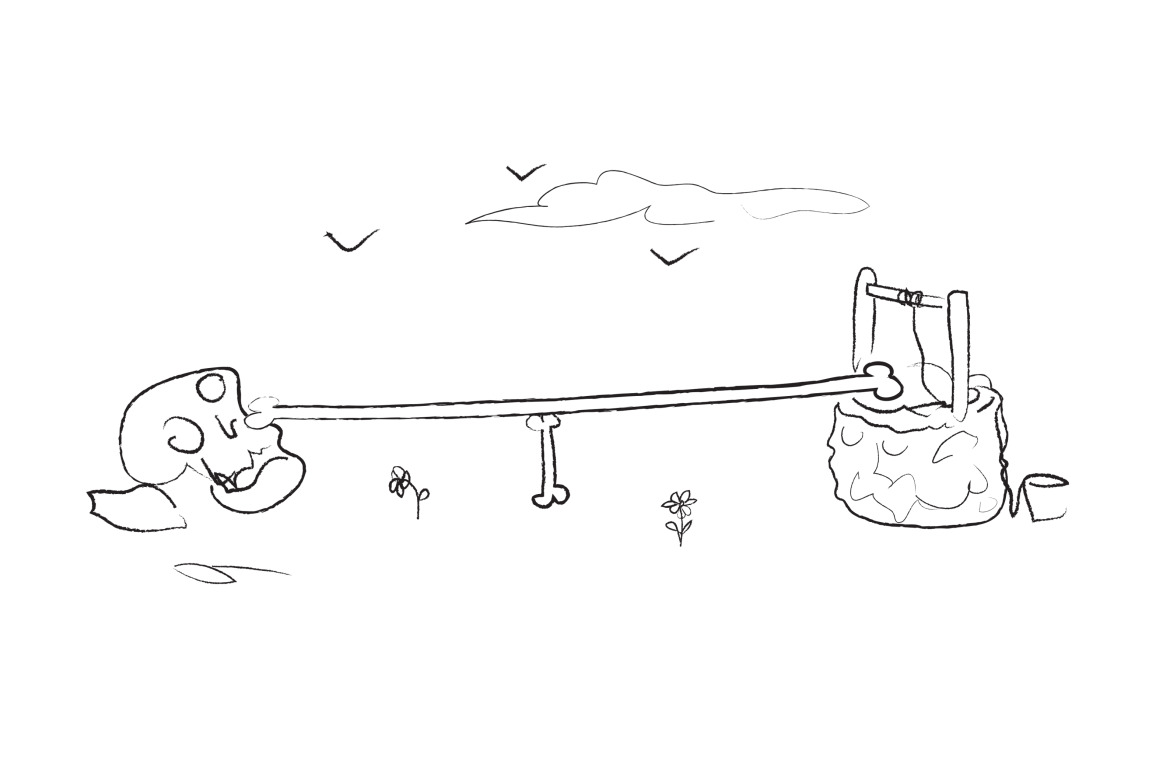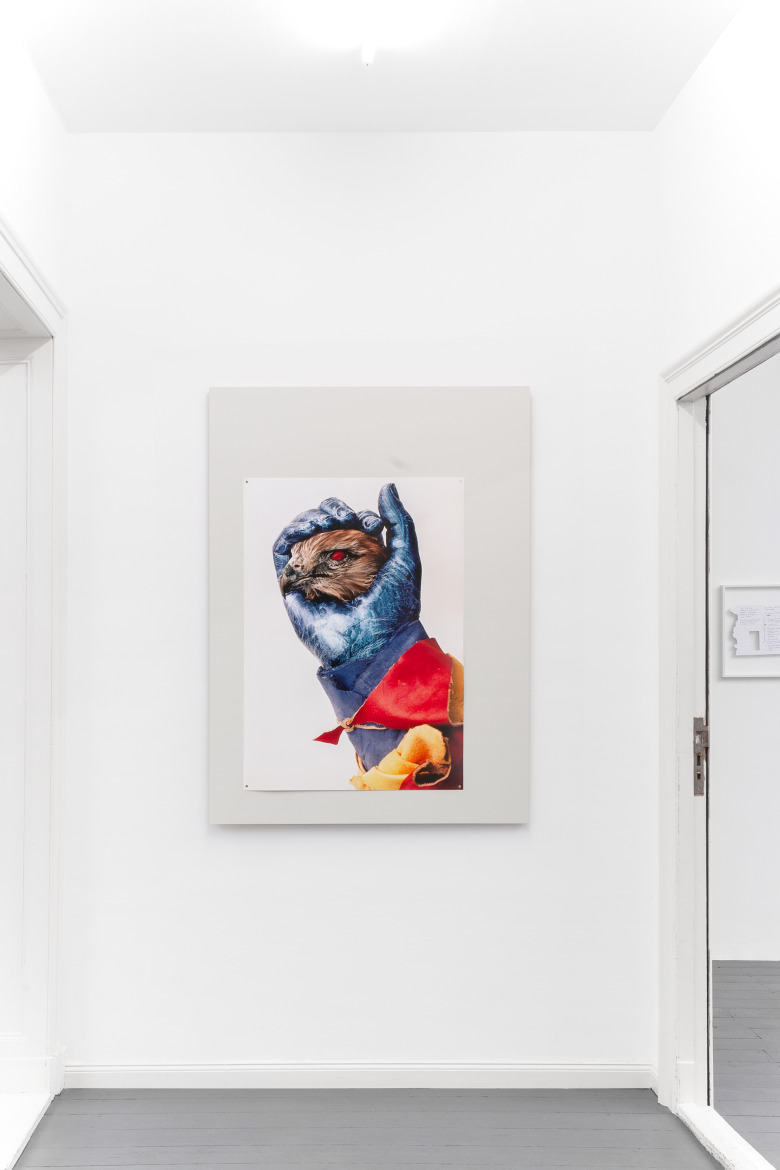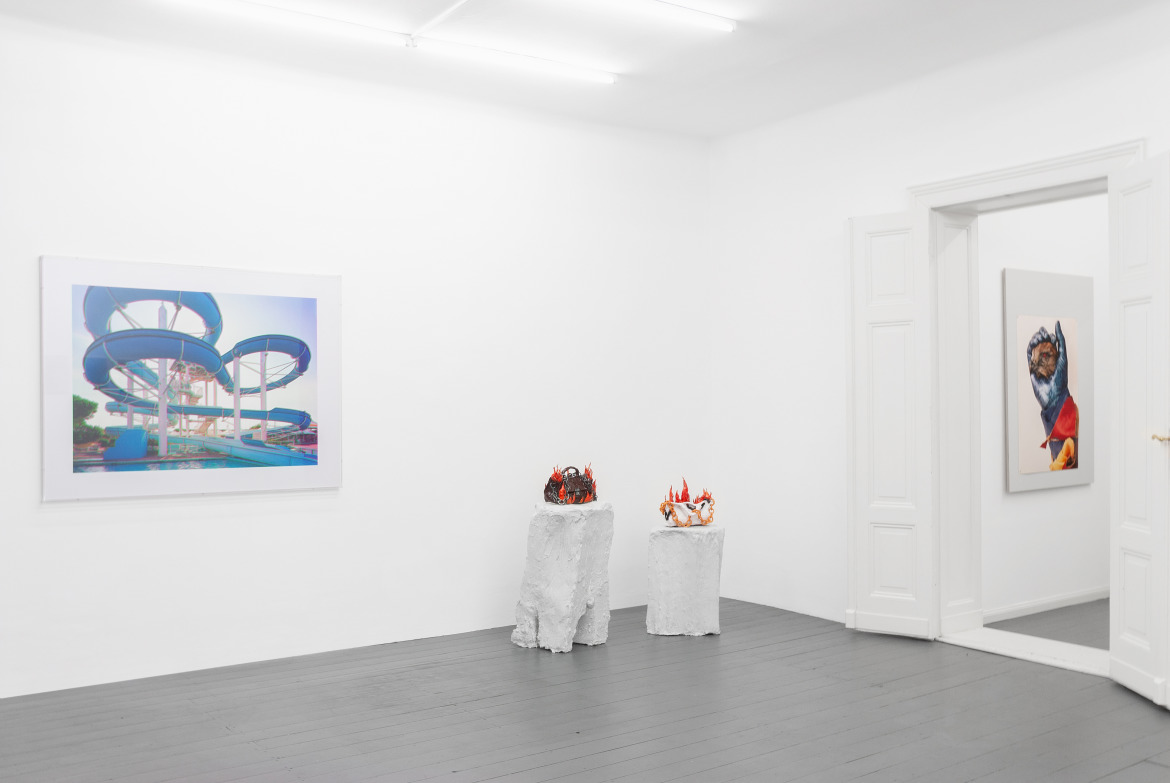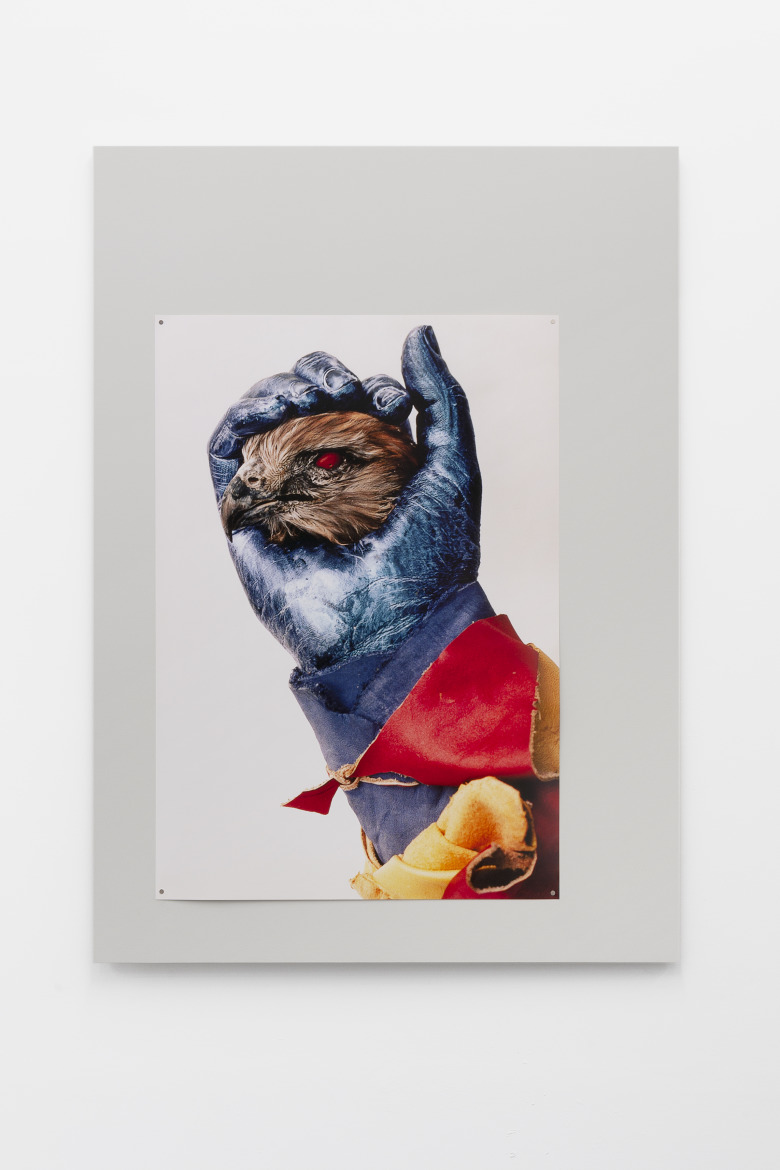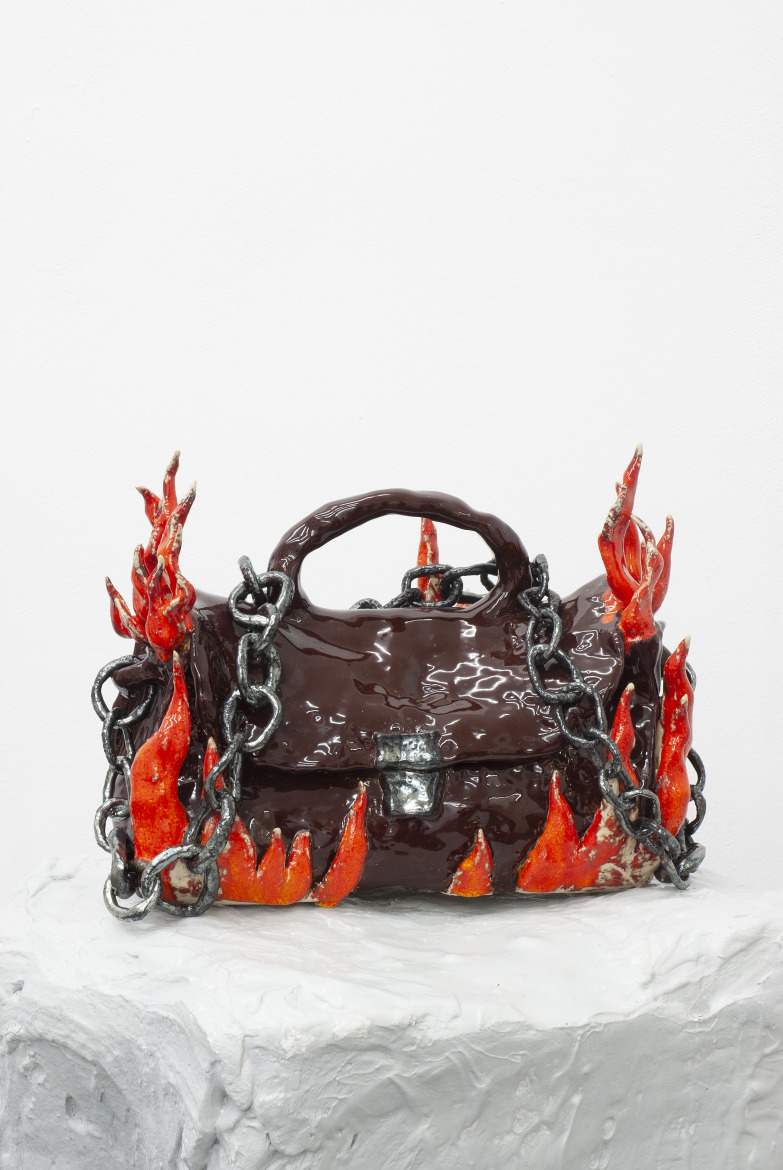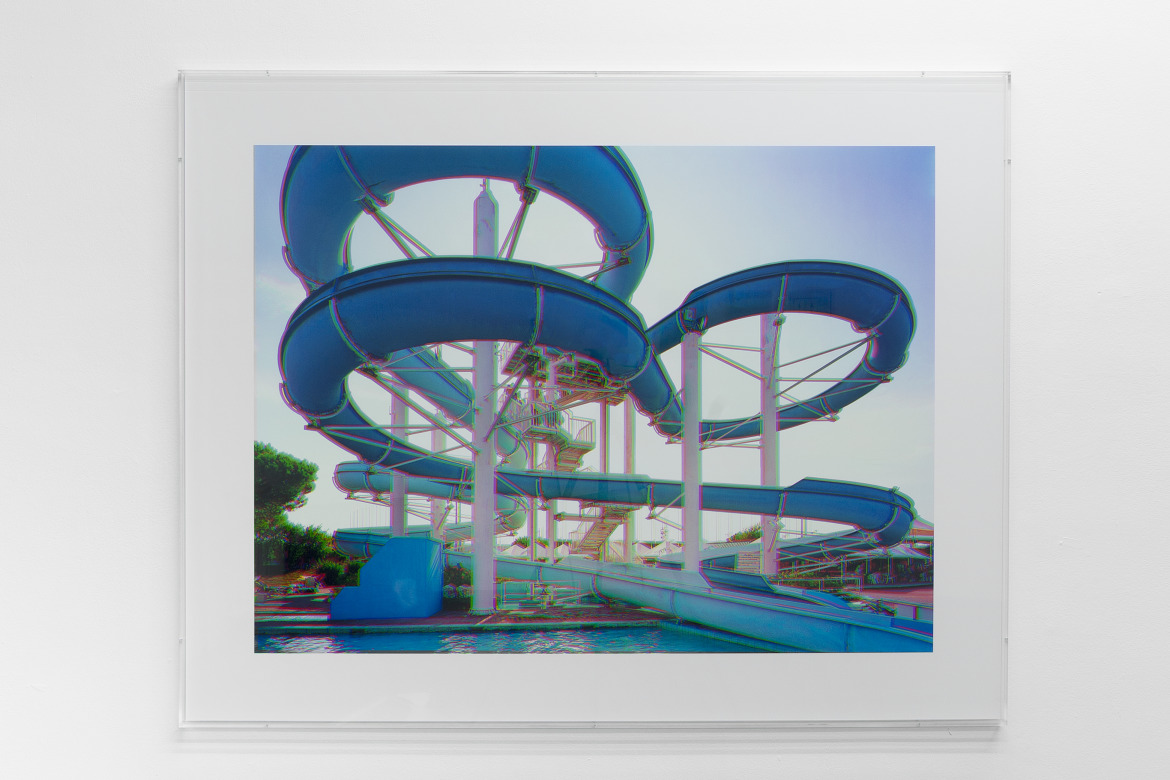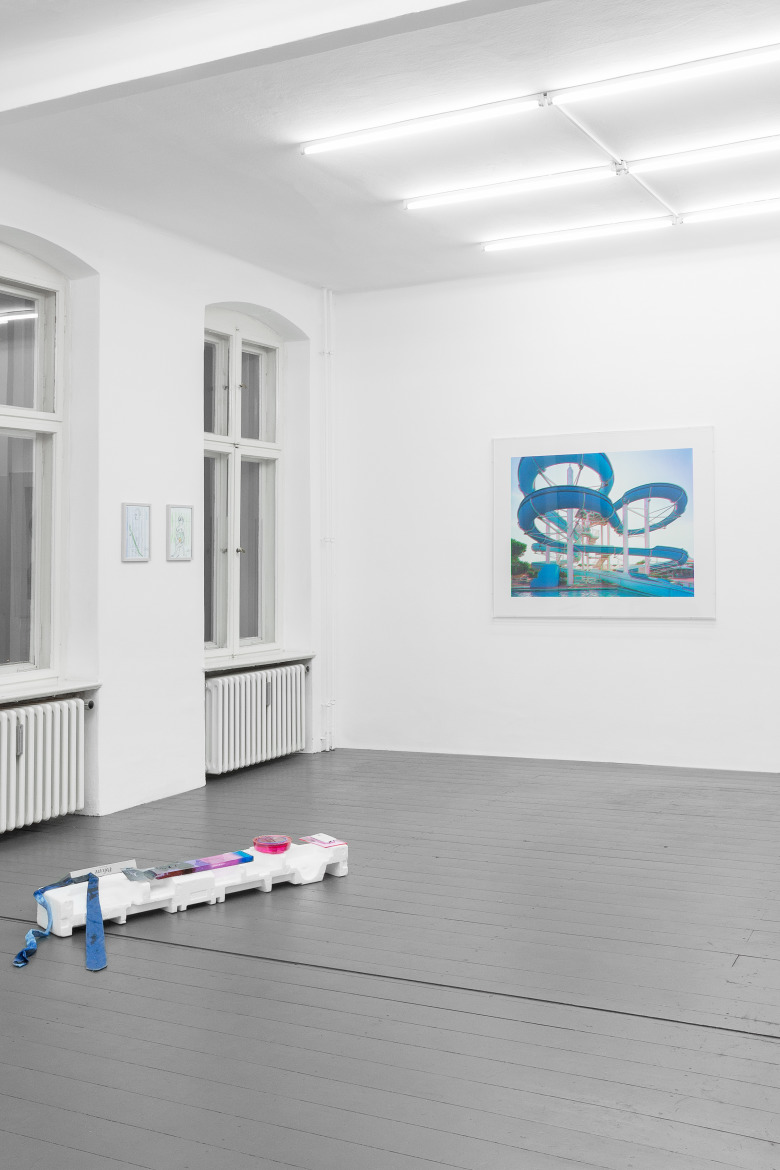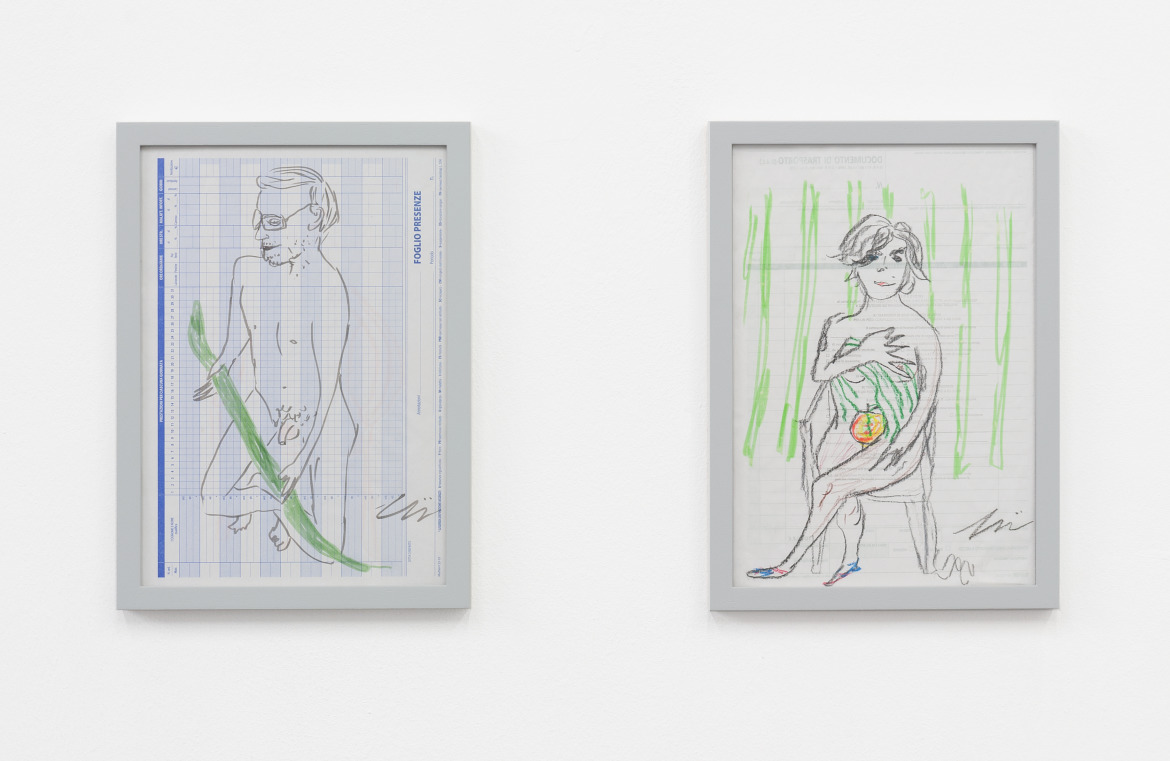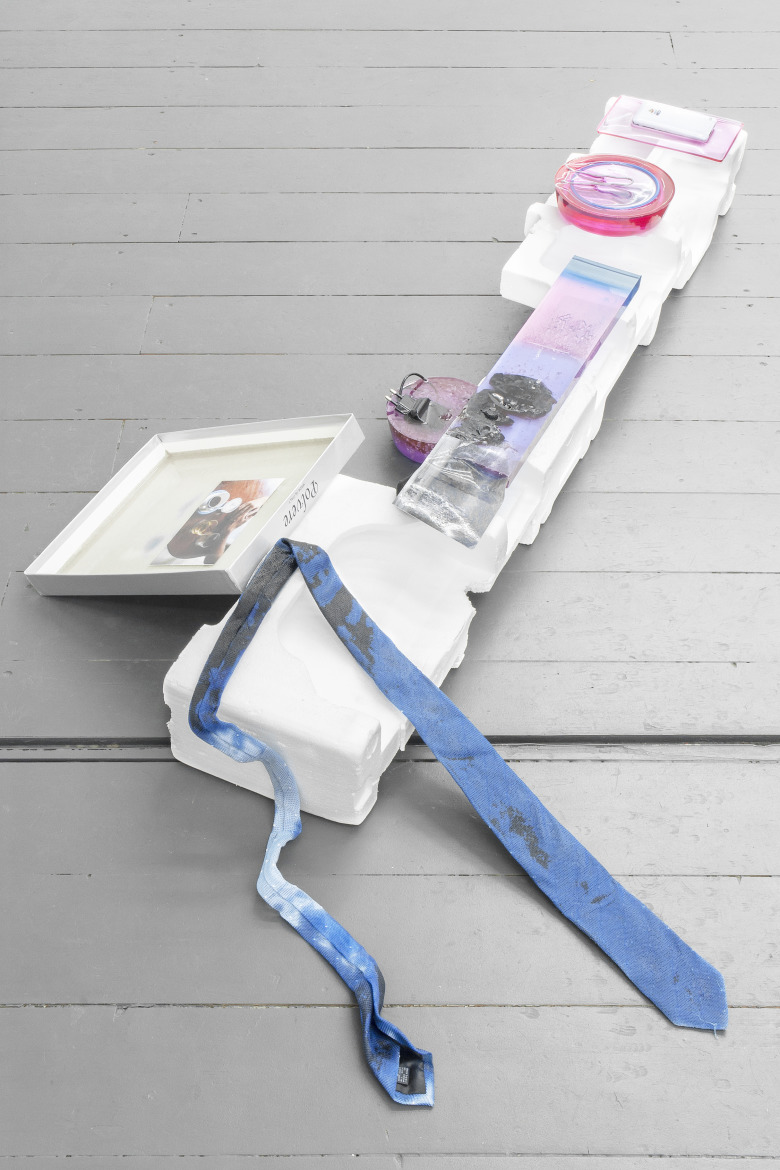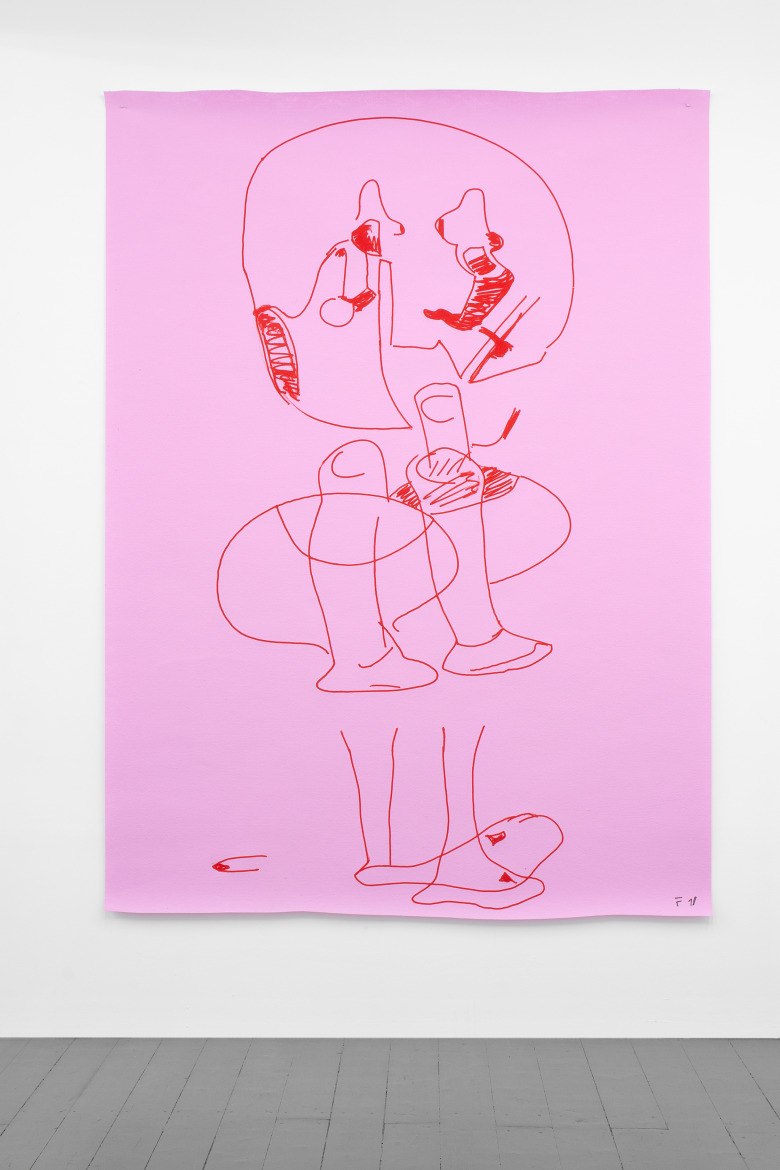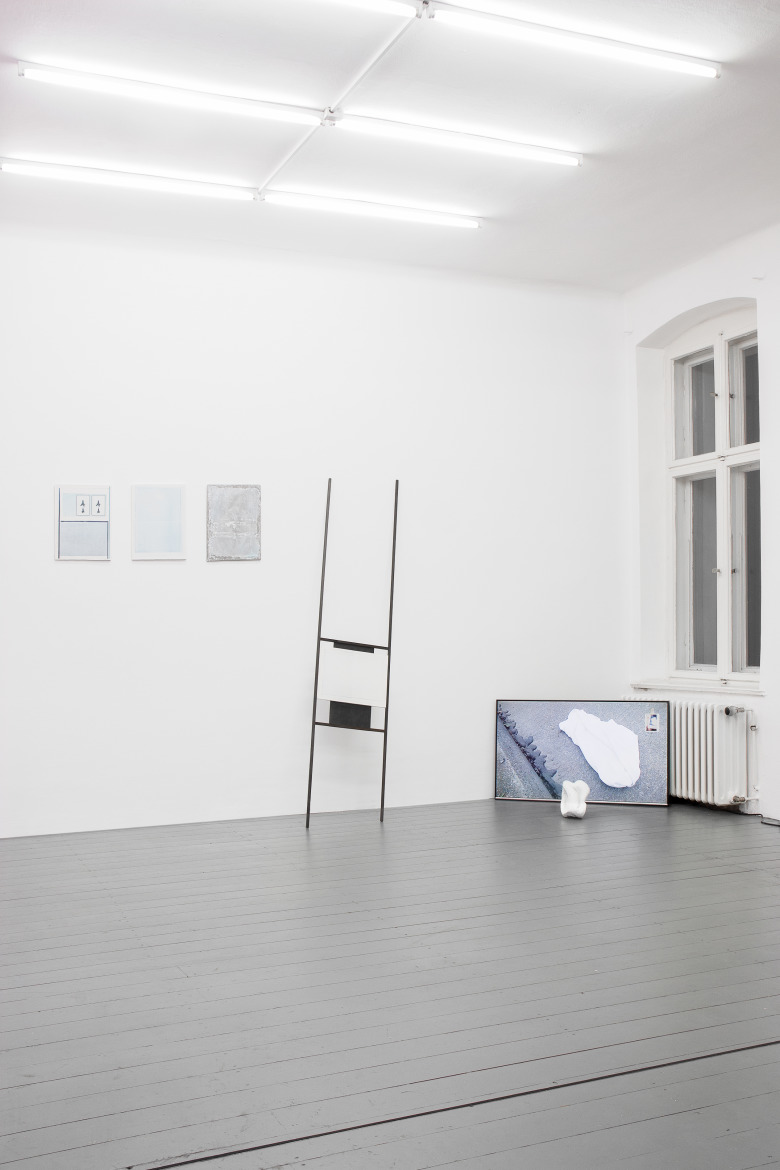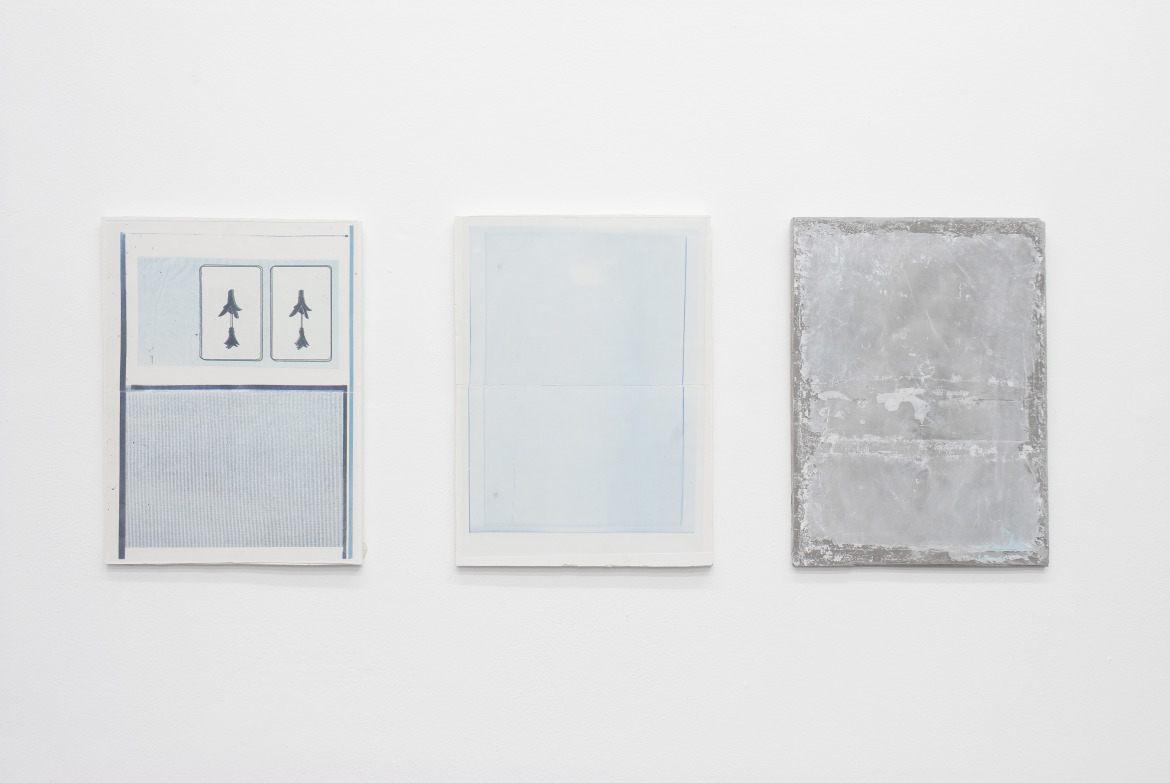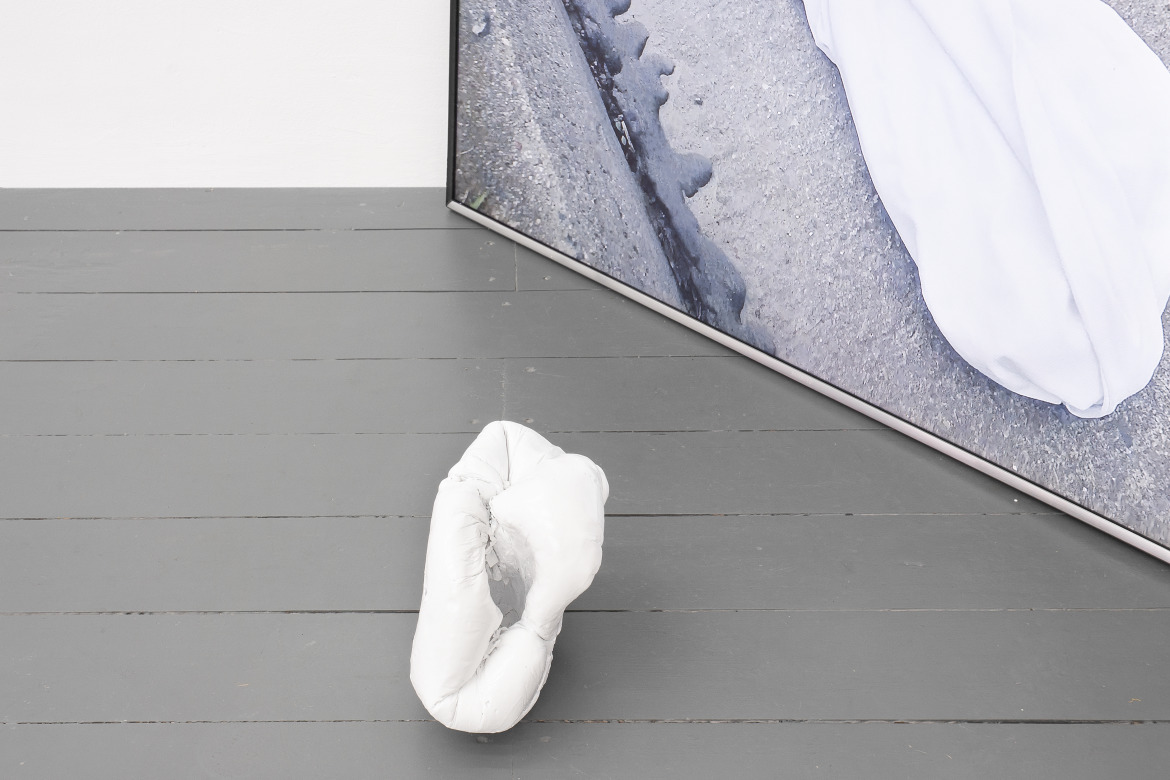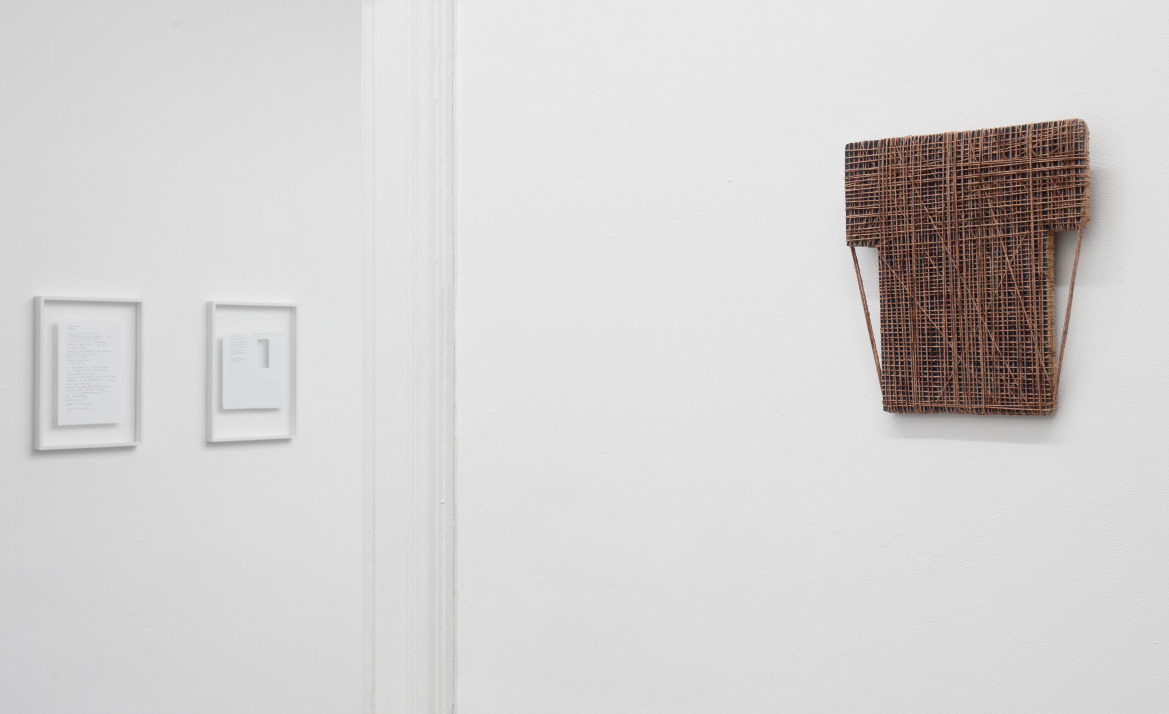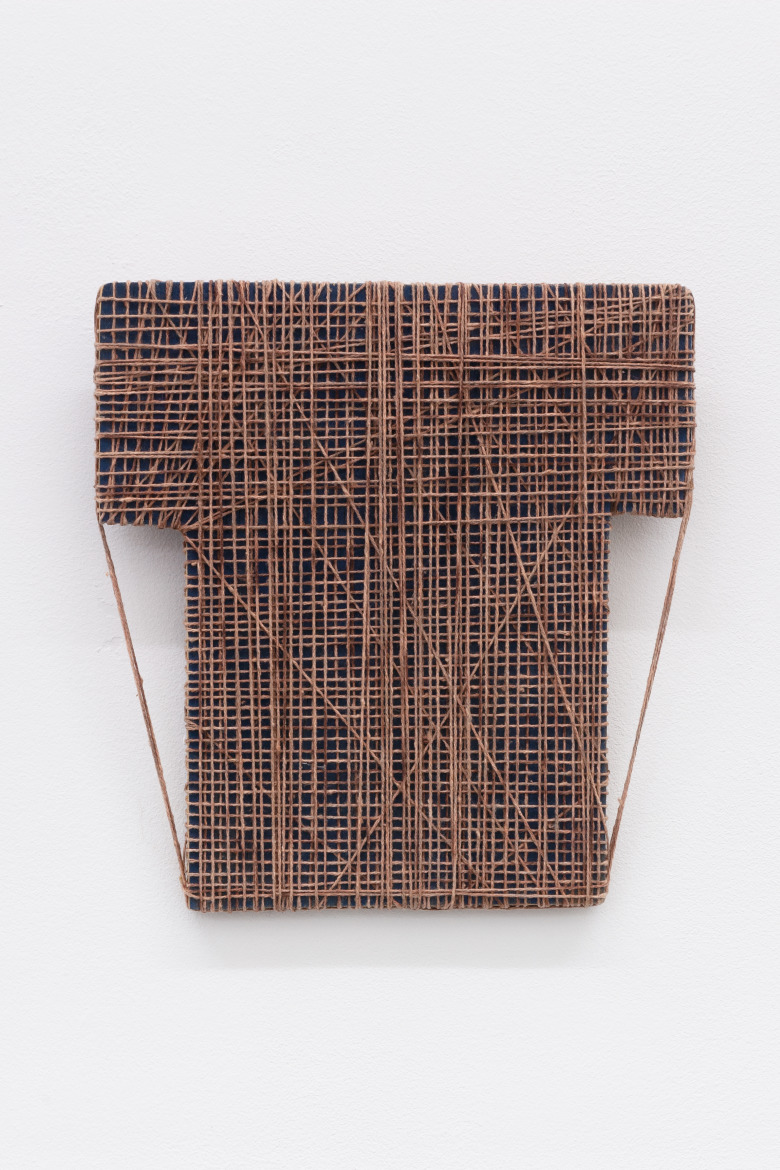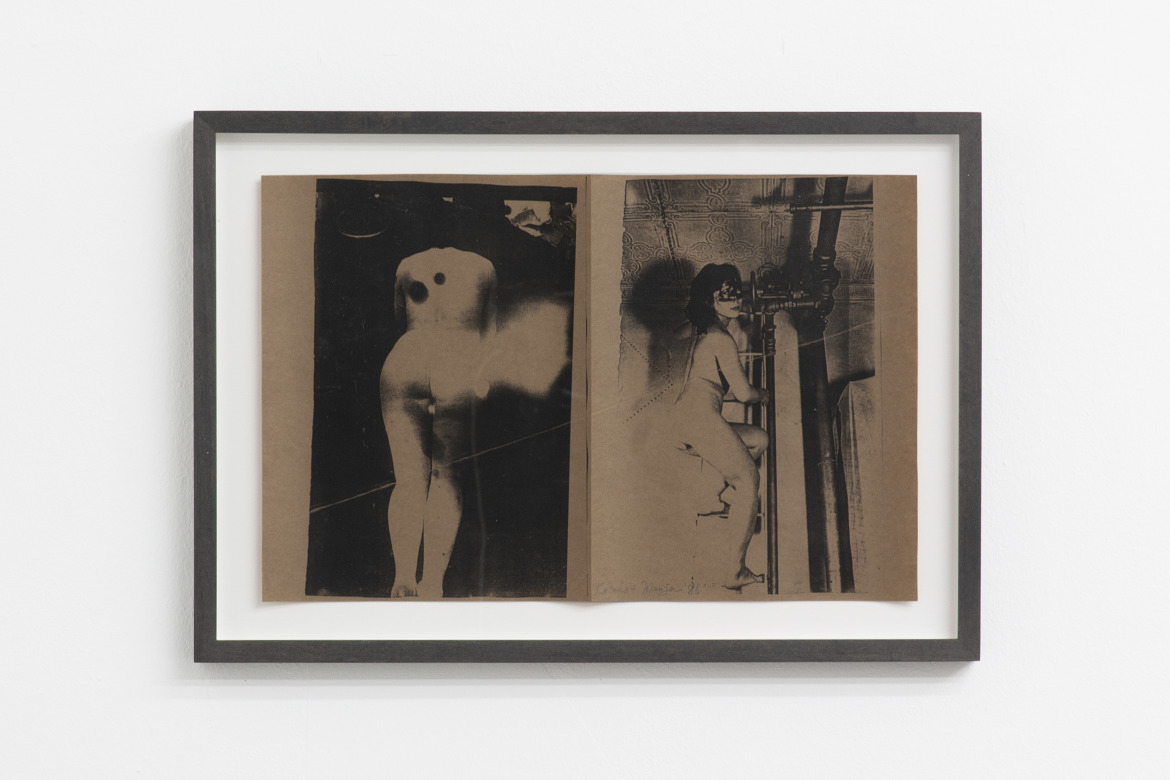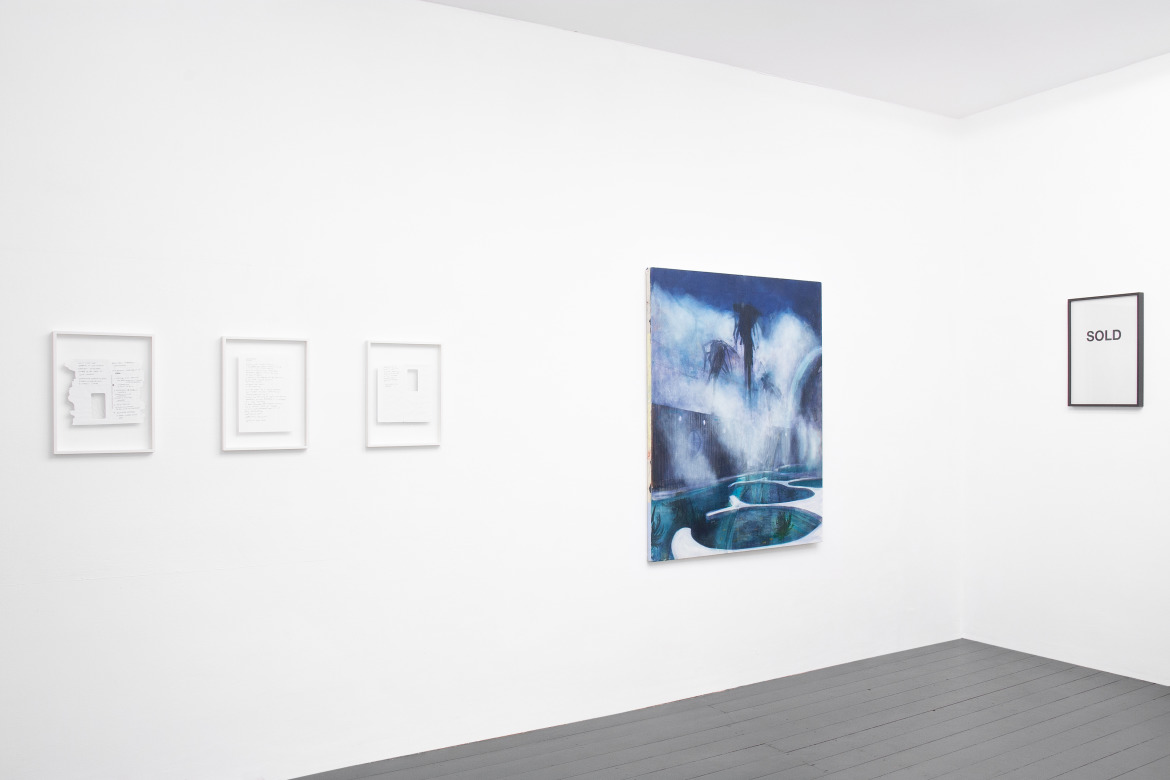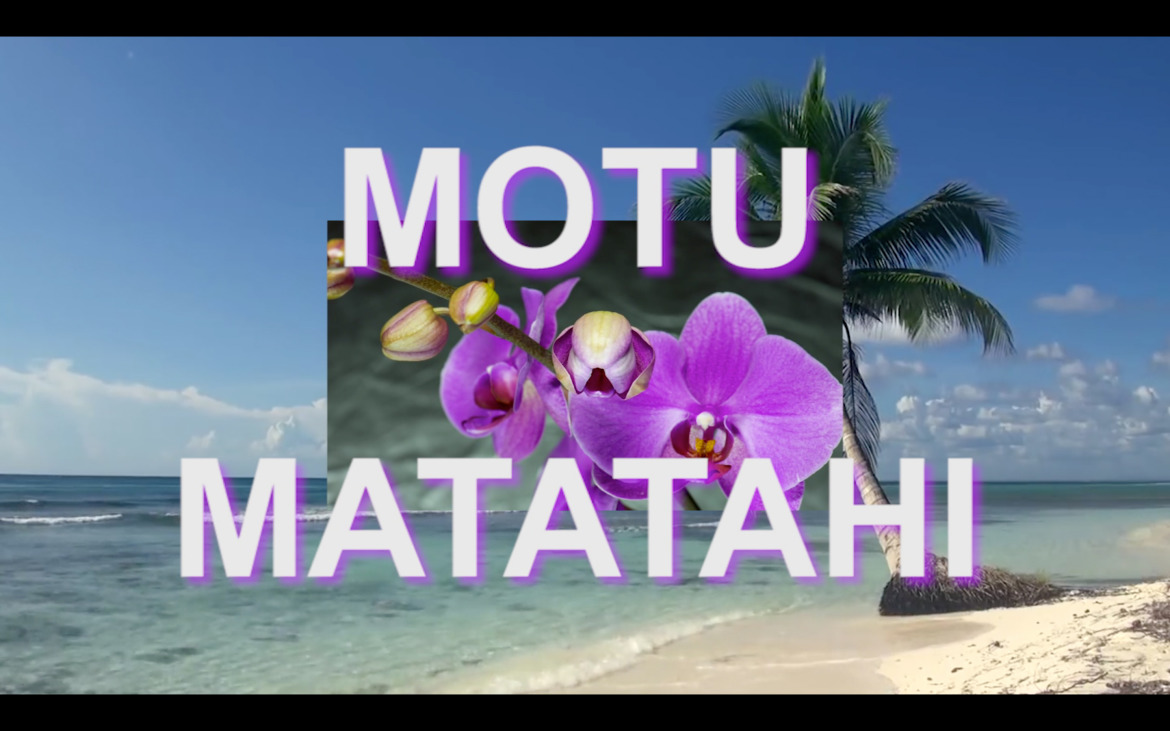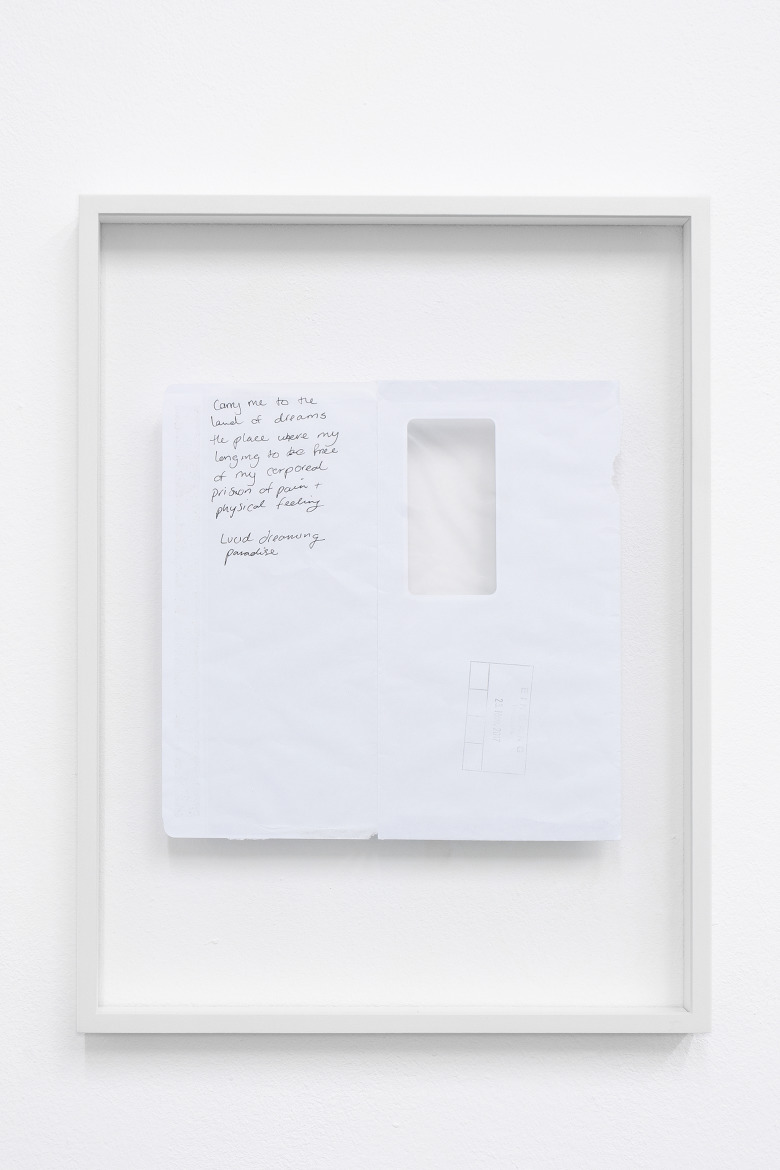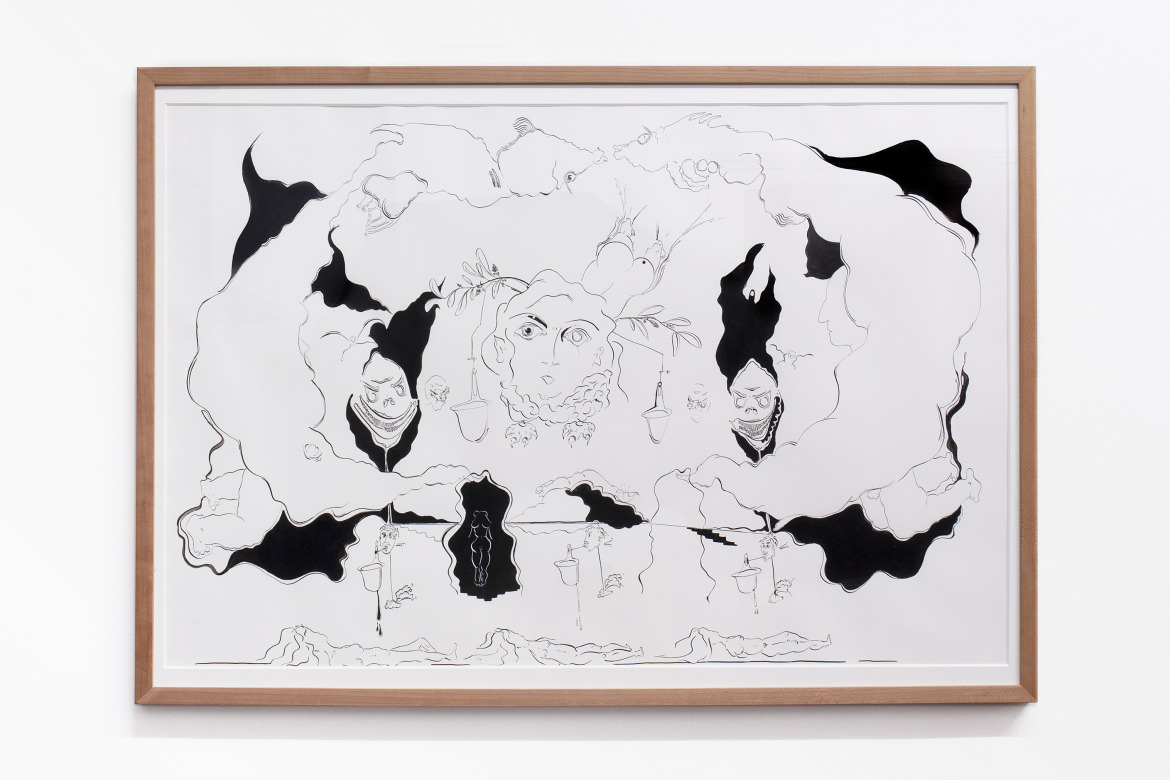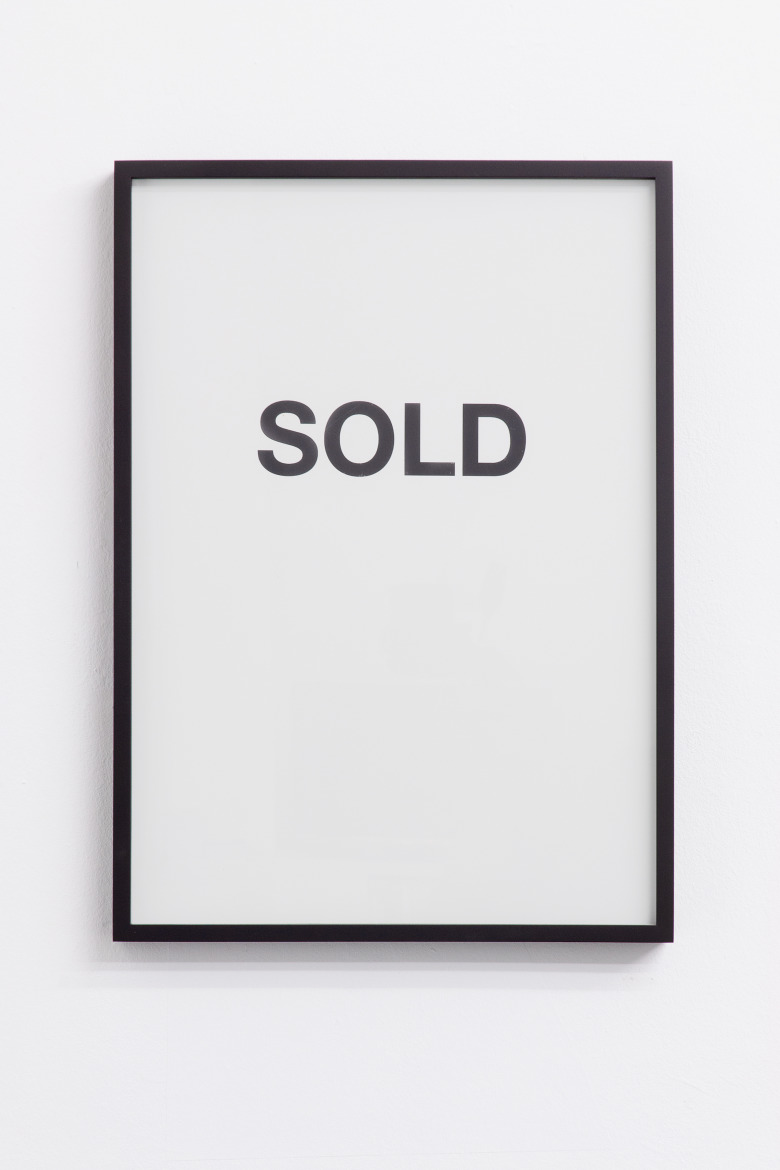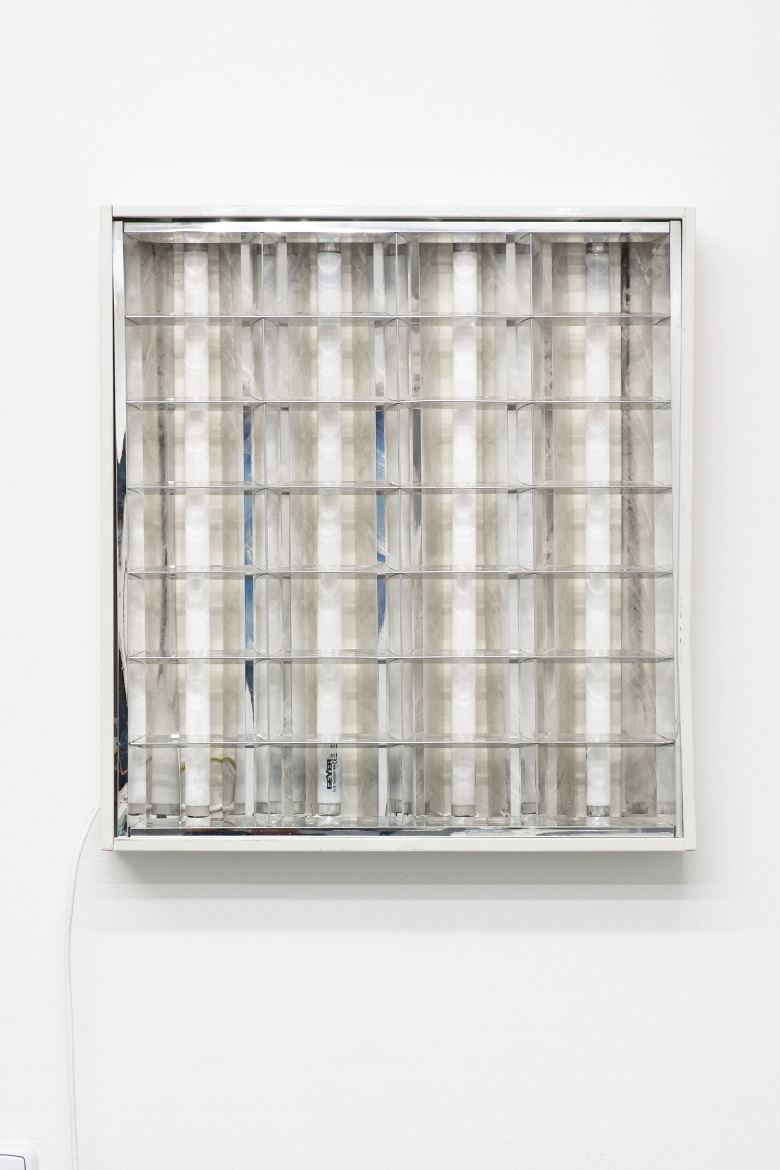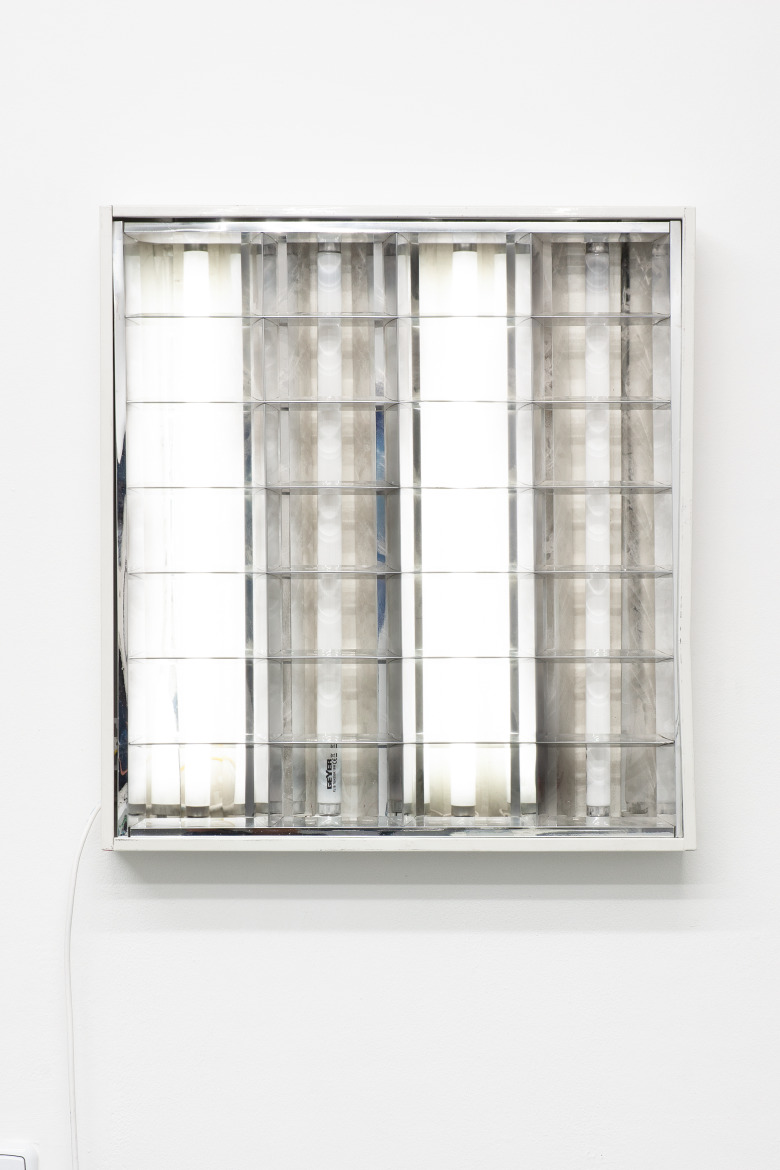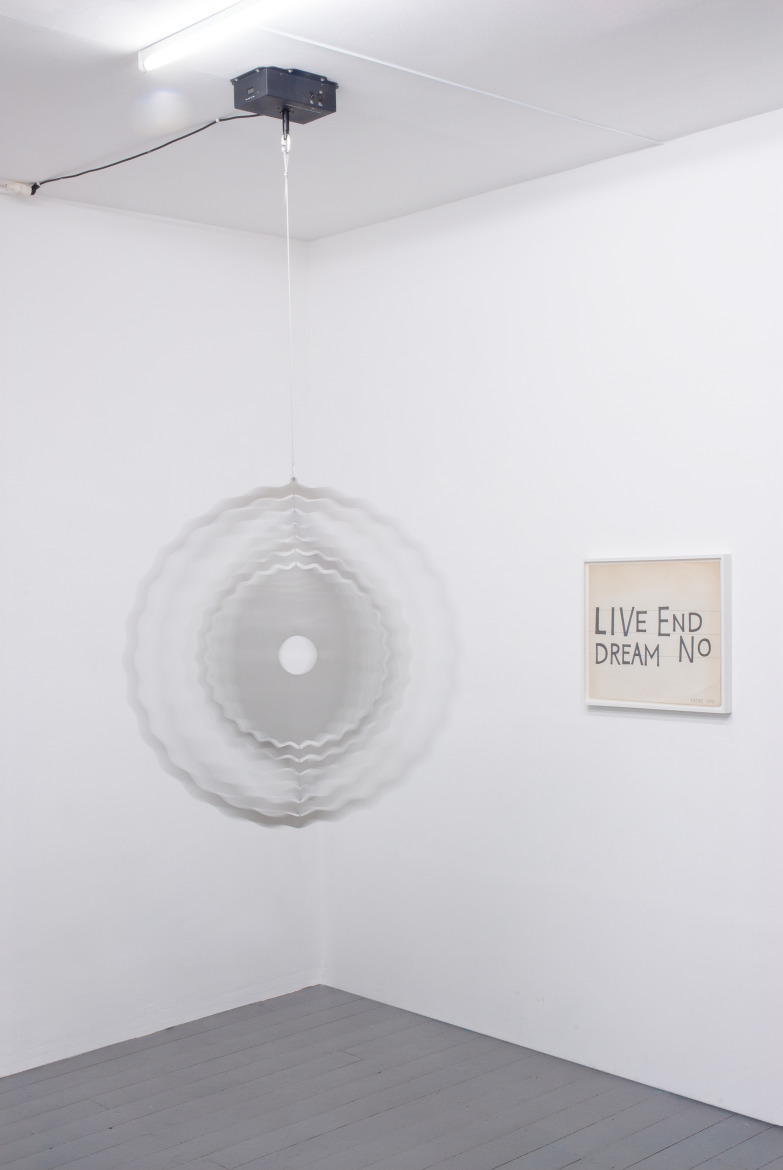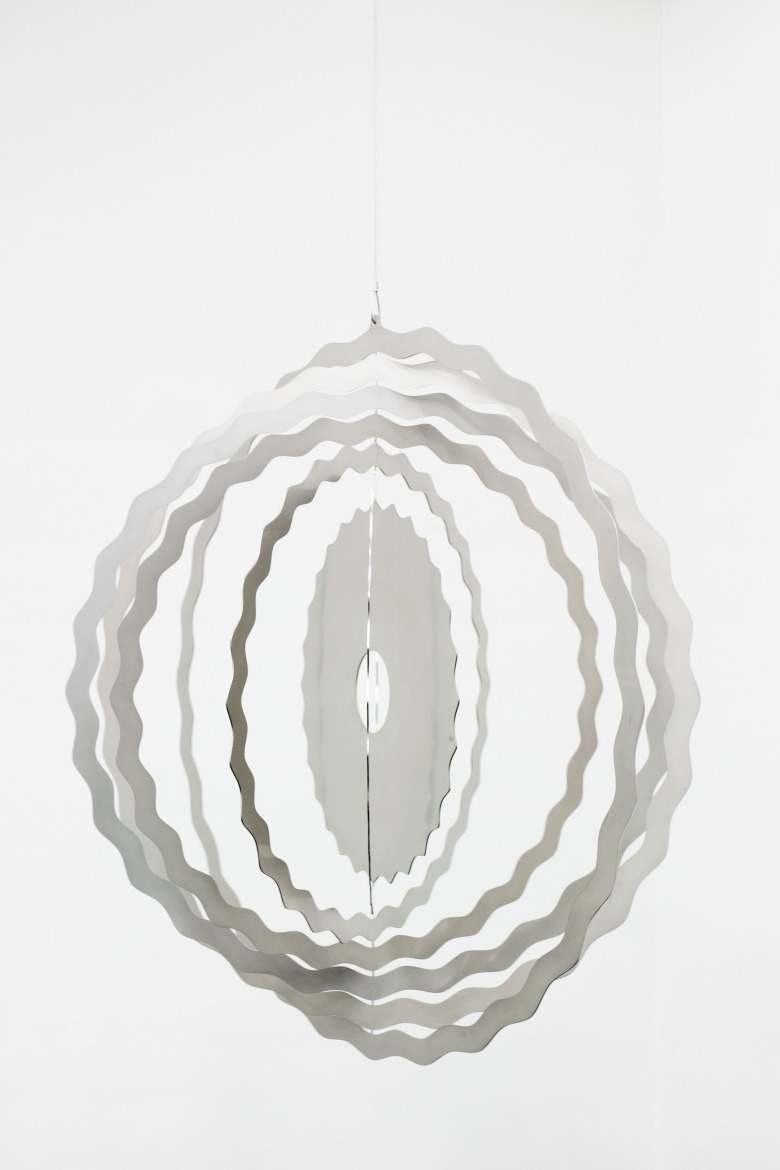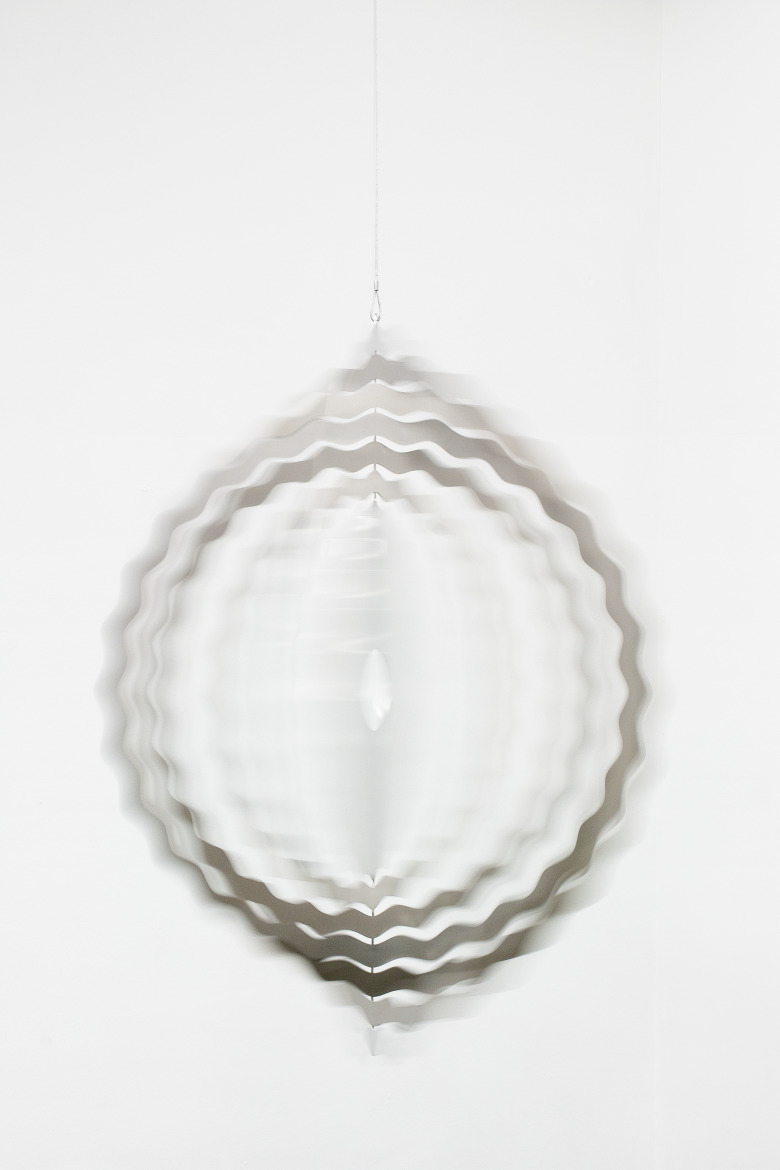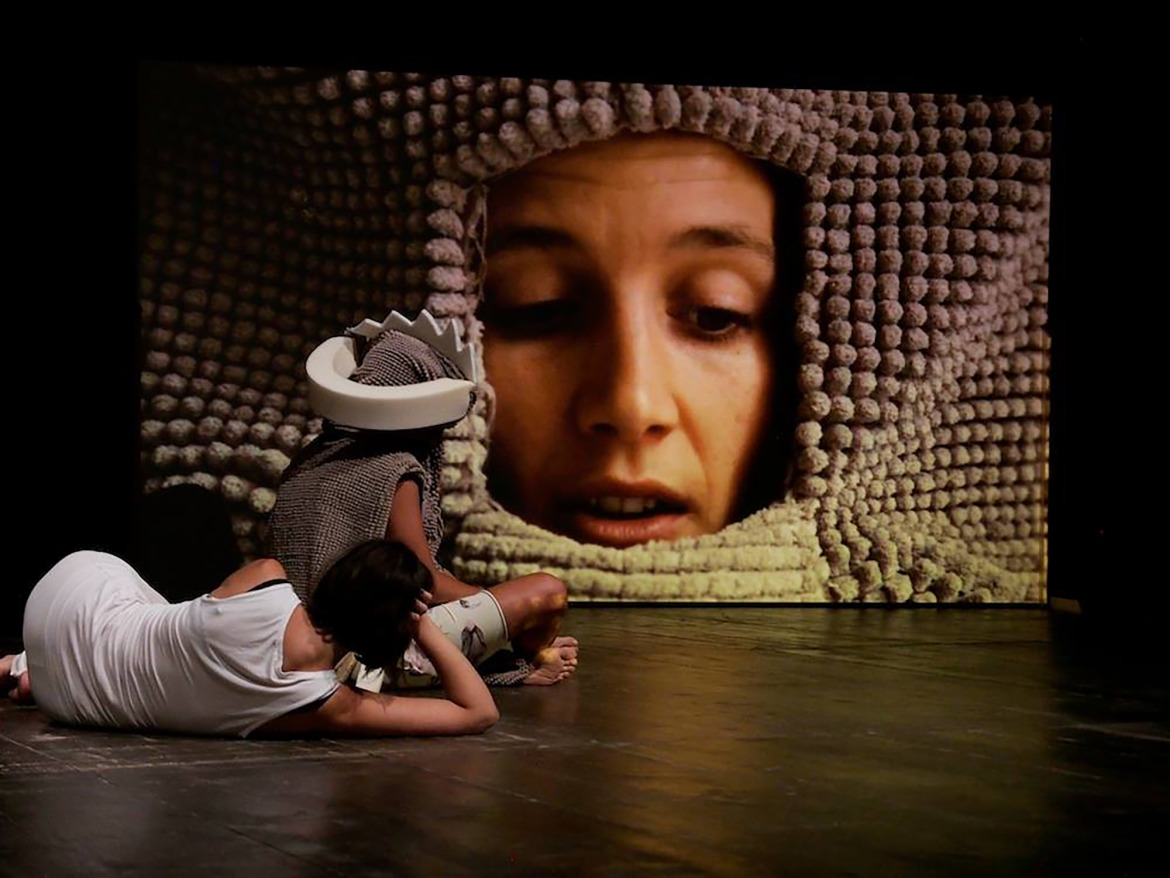EXILE is happy to invite you to our ten-year anniversary exhibition entitled May the bridges I burn light the way.
Is a gallery anniversary dedicated to commemorate a space, a brand or artists the gallery has worked with? In the case of EXILE, founded on Oct 18, 2008 in a small courtyard in Berlin-Kreuzberg, the commemoration is to the way EXILE has been aiming to build communities. Over the last 10 years, EXILE has initiated various formats to expand and democratize access to the exhibition space. A yearly exhibition entitled Summer Camp (2009-2011) was based on an open-call for creative proposals, while Irregular Readings (2013 & 2016) focused on immaterial creative actions. Both formats have the same core principle: to initiate a collective experience, ignite dialogue and create community.
Departing from this May the bridges I burn light the way takes the definition of community into a polyphonic level. The exhibition starts as an extension of EXILE’s participation in the Manifesta 12 collateral program called 5x5x5, and runs parallel to the launch of the second issue of the street newspaper Arts the Working Class; all of them carrying the same title: May the bridges I burn light the way.
EXILE X Summer camp May the bridges I burn light the way: As a title, it implies a certain pessimism; anticipating the worst outcomes from a given situation. However, it reveals also the unfortunate desire to (always) be right. Thus the final exhibition in the gallery’s Berlin space looks at both ends of the revolutionary act: the will to conquer utopia and the urge to provoke dystopia. May the bridges I burn light the way has been conceived with the purpose to create a dialogue between social activism, art practices and Berlin’s socio-cultural reality, responding to different examples of anarchistic behaviour.
The conceptual and aesthetic choices of the artists EXILE invited to join in this exhibition are examples of subtle gestures fostering a change for the definition of the artwork as an artifact to which the world can relate itself to: A hanging mandala by Lauryn Youden, a painting of a dystopian private garden by Louise Thomas, an old neon lamp brought to expire in the gallery by Iris Touliatou, the embodiment of an invisible community by Raffaela Naldi Rossano, or an audio conversation piece about the end of the world placed in a car outside the gallery space by Ayami Awazuhara & Christopher Burman.
The main room of the gallery, whose windows look out to Kurfürstenstrasse, presents a composition of works that may take you through the doors of perception. Artworks confront themselves; cognition, concentration, hallucination and remembrance. The artworks engage as catapults to past events, obsessive memories and to lost and found images, useful to the questions of functionality, reproductivity and appropriation of the visual. Stream of consciousness is not only something you could put in words, like James Joyce once enacted as a creative act for the very first time with Ulysses, but in scrabbles and drawings, just like Heiner Franzen. Franzen’s motif of a human/animal floats in a state of constant mutation. Flashing details from movies or Franzen’s cartoonesque figures emerge in new forms and materiality. Thus, Franzen examines the removal of boundaries of his materials by constantly updating them. Every image is the reflection of another.
Sarah Lehnerer, whose work navigates through methodological rigor and associative openness elaborates on social and historical connections through a drone video loop, a polaroid depicting herself on her knees, and a plaster cast for which she squeezed the material with her legs. Her texts, images and objects defy the oppositions of reality and fiction, of objectivity and subjectivity.
Playful, defiant, cautious, Kazuko Miyamoto portraits herself in the studio of the artist she worked for, Sol Lewitt. Naked, wearing a mask, the female body performs an experimental take, choreographing humorously what could be an innocent way of turning upside down the hierarchies, not only within LeWitt’s studio between the master and the apprentice, but as a formal separation from her interests from structuralism. So to speak, the self-portrait shows a goofy yet violent situation.
But it is the bold work of Maria Thereza Alves, which encircles the exhibition’s orbit, showing a moment of staged transcendentalism with the head of a hawk held by a masculine, strong hand covered in indigo color, ready to bury the death bird, ceremonially. Her ongoing body of work entitled Urban Rituals consists of a series of photographs taken throughout the years and in various countries of dead birds that Alves has encountered in the city or in the countryside. As an urban dweller with no communal rituals that would mark the death of these beings, Alves decided to create her own possibilities of remembering and honoring them.
EXILE X Summer camp May the bridges I burn light the way is, last but not least, a cordial invitation to join us once more and for us to say thanks to the community, for the support the gallery received in the last decade. As a next step, EXILE will reopen in September in a new space in Vienna.
Artists: Ayami Awazuhara & Christopher Burman, Carsten Höller, Club Fortuna, Heiner Franzen, Iris Touliatou, Kazuko Miyamoto, Lauryn Youden, Louise Thomas, Madison Bycroft, Maria Thereza Alves, Nschotschi Haslinger, Paulina Nolte, Patrick Fabian Panetta, Raffaela Naldi Rossano, Sarah Lehnerer, Zoë Claire Miller.
Text by María Inés Plaza Lazo. May the bridges I burn light the way is curated by María Inés Plaza Lazo and Christian Siekmeier.
